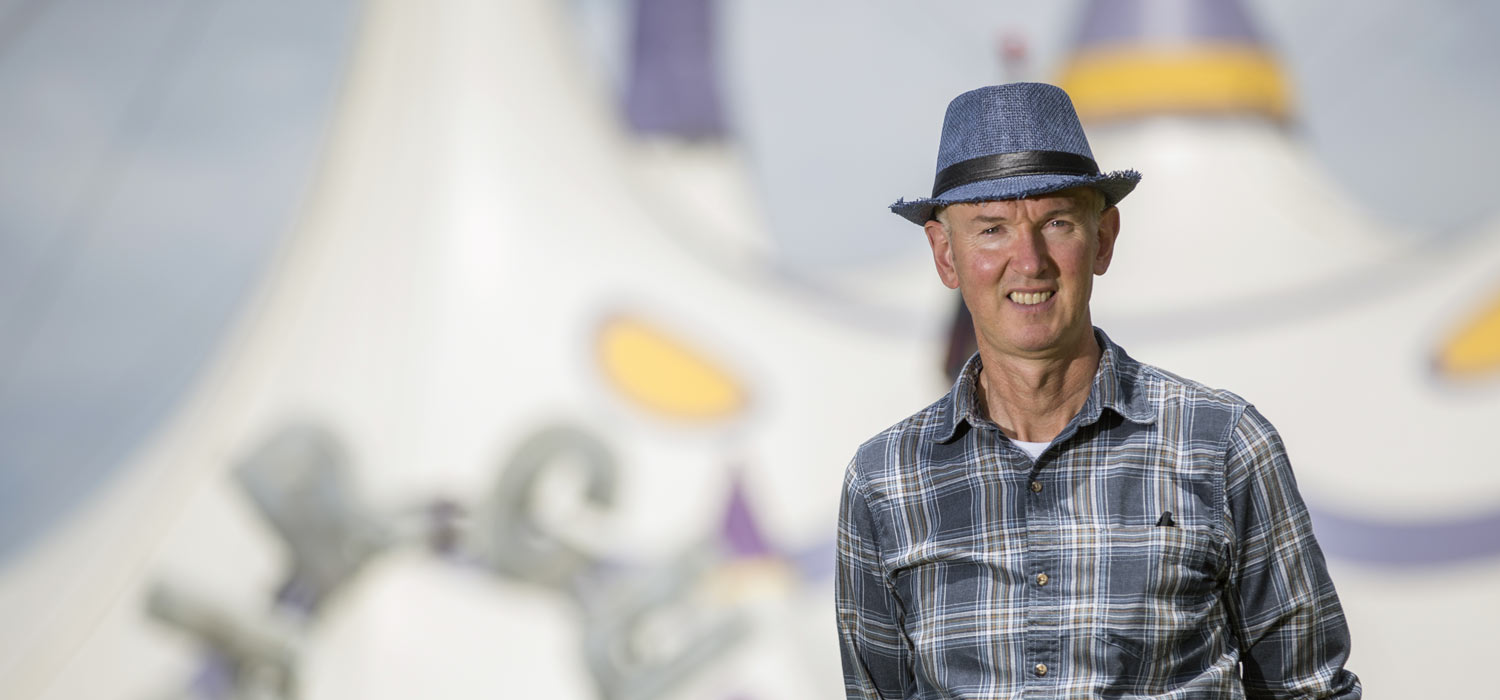
Emotional history
Stumbling across 1870s love letters received by an Italian circus acrobat from various women who fell madly in love with him has sparked new historical questions for Associate Professor Mark Seymour (Department of History and Art History).
Do emotions and their expression change over time and, if so, how do historians find out about such changes?
Seymour, who studied European history and Italian language as an undergraduate student, explains that his research on marriage, extramarital affairs and divorce got him thinking about what he dubs “emotional arenas” – any social spaces from circuses to courtrooms – as a new analytical tool for studying the role of human emotions as they change over time.
“My basic idea is that emotions are often prompted, or curtailed, by particular social spaces. Spaces of all types tend to make people feel in certain ways: we pick up cues and behave in particular ways,” Seymour asserts.
“If people are at a stadium when the All Blacks win, they can emote in a way that they would never do in, say, a lecture theatre, because the space gives them cues about what they can do in terms of expressing their emotions.
“Changing social spaces can thus be used as historical barometers of emotion. That is the paradigm I am developing in the Italian case, but it could be applied in any culture.”
An article Seymour published in 2012, based on the letters, has led to a nearly completed book, Emotional Arenas, to be published by Oxford University Press.